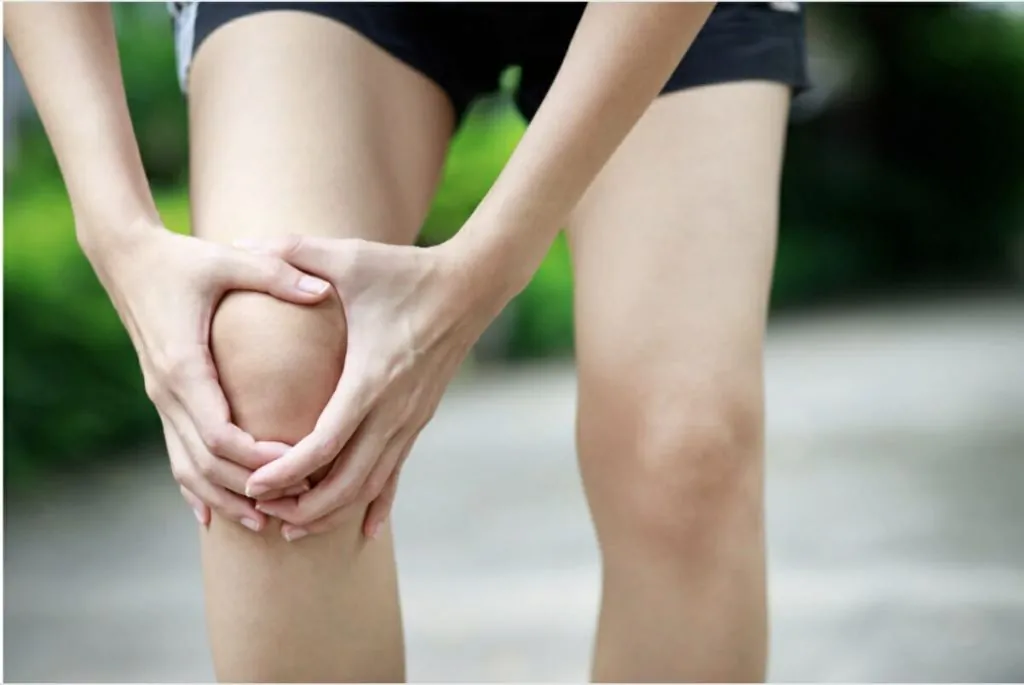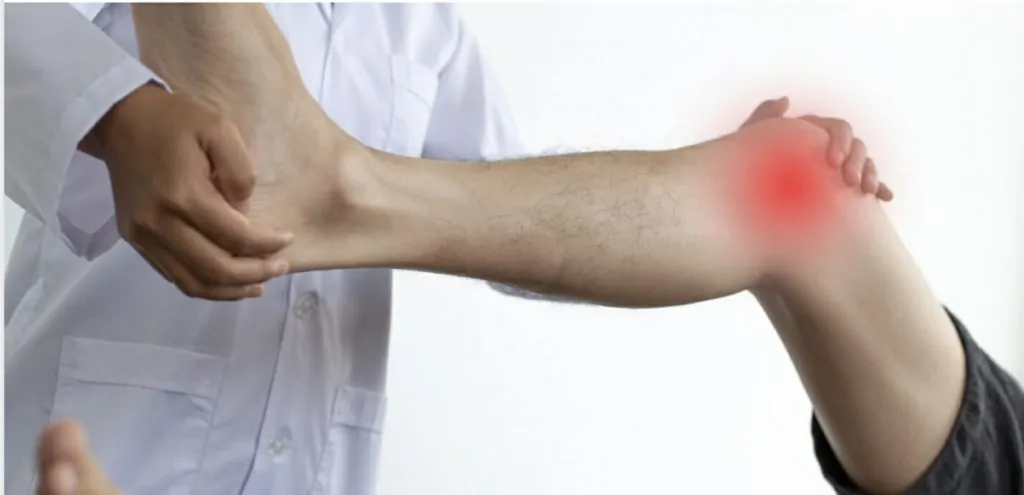How GAE can Provide Long-Term Relief for the “Wear and Tear” Disease

Everyone experiences occasional muscle tenderness or joint pain. Sometimes it can be from stress, fatigue, or even dehydration. Most of the time, slight muscle aches are nothing to be too worried about. However, symptoms as common as these can, occasionally, warrant some cause for concern. Osteoarthritis, also known as the “wear and tear” disease, is the most common form of arthritis. Osteoarthritis of the knee affects millions of people worldwide. Osteoarthritis occurs when cartilage begins to deteriorate. Cartilage is a soft material used to keep bones in the body connected comfortably. When it begins to wear away, bones rub together, which can be painful for muscles and joints. Once cartilage begins to fade, it cannot grow back on its own.
The pain that is experienced here comes from inflammation of the joint lining. With a condition as common as this one, there are certainly many treatment options available. Finding one that best fits your needs can not only reduce pain but also improve your overall health.
Anti-inflammatory medications like acetaminophen, aspirin, and ibuprofen can all help with pain management. Steroid shots can also be injected into the joint by a physician to ease aches and pains. Doctors may also recommend muscle building and stretching exercises to keep muscles from getting stiff or sore. Another treatment option to consider is Genicular Artery Embolization or GAE.
This minimally invasive, surgical procedure can provide immediate and long-term pain relief for patients with osteoarthritis of the knee. GAE works to ease the painful inflammation that is associated with Osteoarthritis of the knee. Jalil Kalantari, M.D., MSc, specializes in vascular procedures and embolization at PEDES Orange County and hopes to improve his patient’s quality of life with cutting-edge technologies and the medical sphere’s latest surgical strategies. GAE is different from other treatment options because it works to provide long-term pain relief through a non-invasive, surgical procedure. GAE is also an outpatient procedure, meaning patients who receive it can, in most cases, go home that same day. With a running operation time of about 1-2 hours, this procedure begins with a vascular specialist inserting a small catheter into the patient’s upper thigh while they are in a “twilight” state of sedation. X- rays then serve as the eyes of the procedure while the doctor guides the catheter to the arteries in the lining of the knee. Tiny, biologically compatible particles are then injected into the lining from the catheter, which ultimately reduces inflammation. Long-term joint relief can put miles back into your stride. Consult a physician at Pedes Orange County if you think GAE is right for you.











